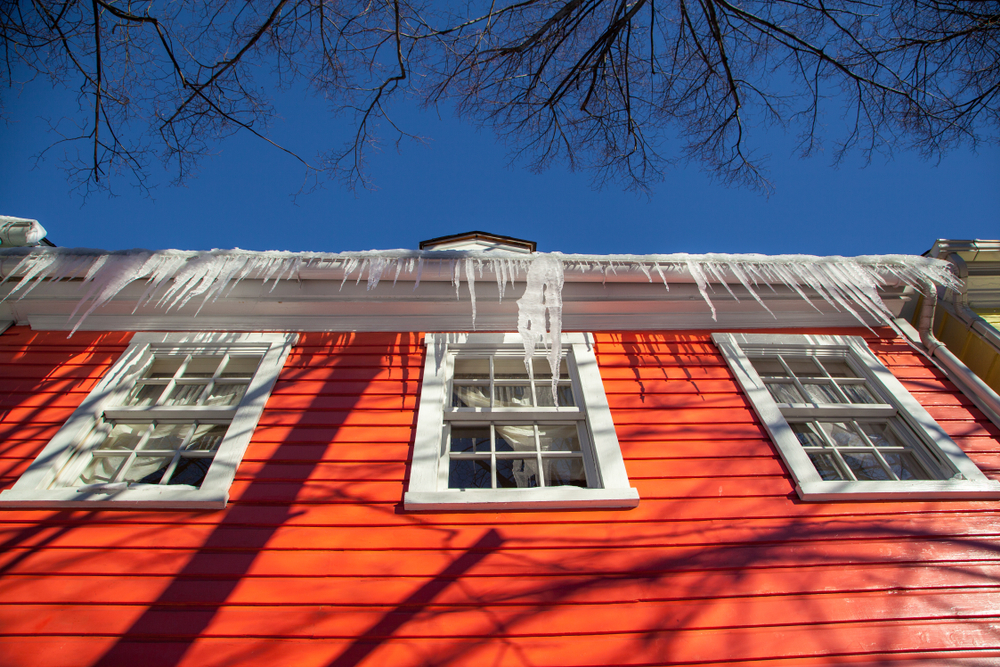
From water mains breaks to climbing energy bills, a myriad of issues arise as temperatures inevitably fall each winter.
“People might not think about this, but even if you keep your thermostat at the same temperature you always do, your heating furnace will have to work harder to maintain that same temperature,” said BGE spokesman Richard Yost. “So even if you’re not turning up the heat, you may end up using more energy.”
Here are some tips to help you (and your furry friends) through these frosty winter months without breaking the bank.
Use the sun.
Just opening the curtains and letting the sun’s natural heat do some of the heavy lifting on those cold days will help to keep your thermostat at a reasonable temperature. Just be sure to close them at night to keep the cold air outside where it belongs.
Ceiling fans can help in the winter, too.
If your home is equipped with ceiling fans, have them circulate clockwise on a slow speed to get the hot air stuck in your ceiling down to you.
If your health permits, lower your thermostat.
“The simplest thing to do is to adjust the temperature—especially when you’re sleeping,” Yost said. “If you dial it back 10 to 15 degrees, it might sound like a lot, but if you’re under your blankets you won’t notice it.” BGE customers can save up to 5 percent on heating costs every degree the thermostat is lowered. It’s also a good idea to wear socks and long sleeves when in the house to help keep your thermostat at a reasonable temperature.
Make sure your home is properly insulated.
Frozen and burst pipes are so common in the winter months due to poorly insulated plumbing. BGE customers can take advantage of the quick home energy checkup to have a licensed contractor come to your home to assess your insulation.
Keep your outdoor gas vents clear.
Homes with natural gas appliances have outdoor vents—typically at knee or thigh height. When it snows or gets icy, it is important to keep those vents clear so that the exhaust is not trapped in the home.
Make sure pets are safe.
Speaking of outdoor, we can’t forget about our furry family members in these brutal temps. By law, if the temperature is below 10-degrees, pets are required to have heated housing. Pets exposed to cold temperatures for a long period of time can experience hypothermia. Signs include low body temperature, violent shivering, and blue gums.
“If it’s too cold for you, it’s too cold for your pets,” said executive director for BARCS Jen Brause. “It may seem like common sense, but we still see pets come in with hypothermia, half frozen.”
Dogs with short coats should wear a jacket.
Unlike breeds such as shepherds, huskies, malamutes, and retrievers, breeds that do not have an undercoat can get cold quickly.
Pets should avoid salted roads.
It’s not only very toxic if ingested, but it’s very coarse and painful for their paw pads. If they happen to come in contact with it, wipe the pet’s paw off with a lukewarm washcloth to remove any residue.
Keep pets inside.
We know they have to go outside at some point, but shorter walks and potty breaks make all the difference. Less time outside may result in a bored pet, but it’s the safest place for them when the temps get below freezing. The best thing to do is find fun things to do with them indoors like training games and food puzzles.
“This is a great opportunity to interact and play with your pets,” Brause said. “It’s perfect, you can snuggle each other and keep warm.”
